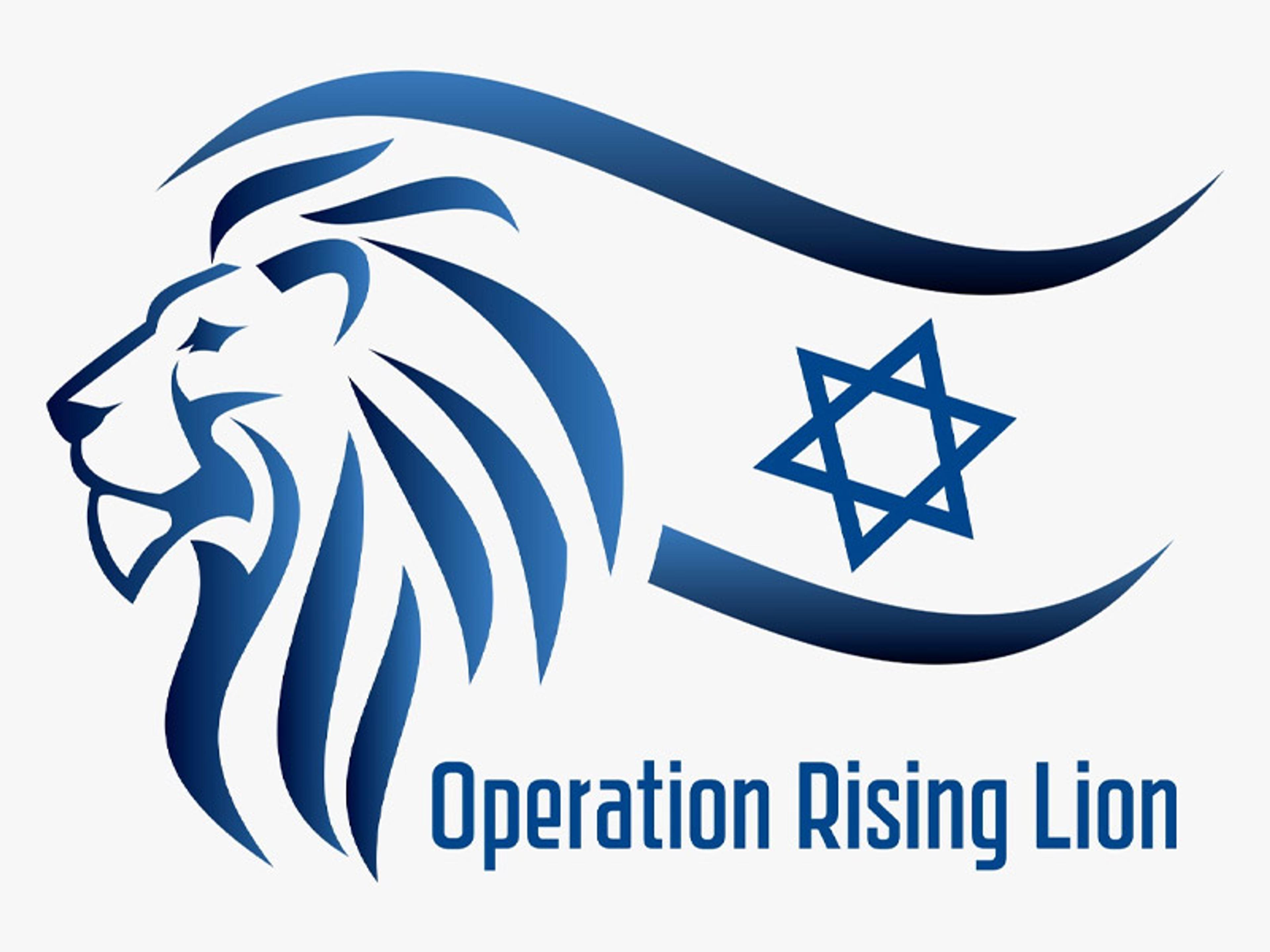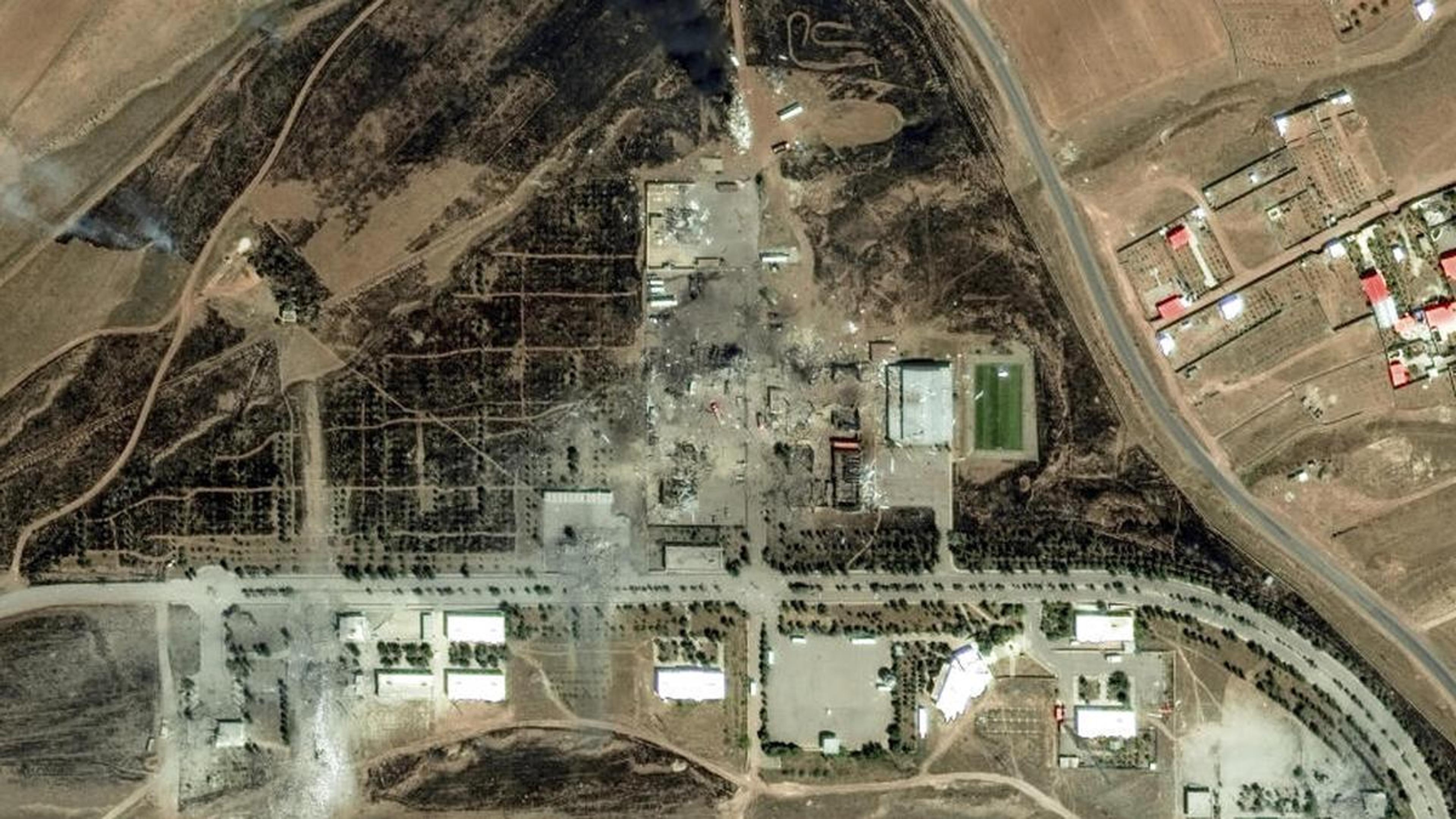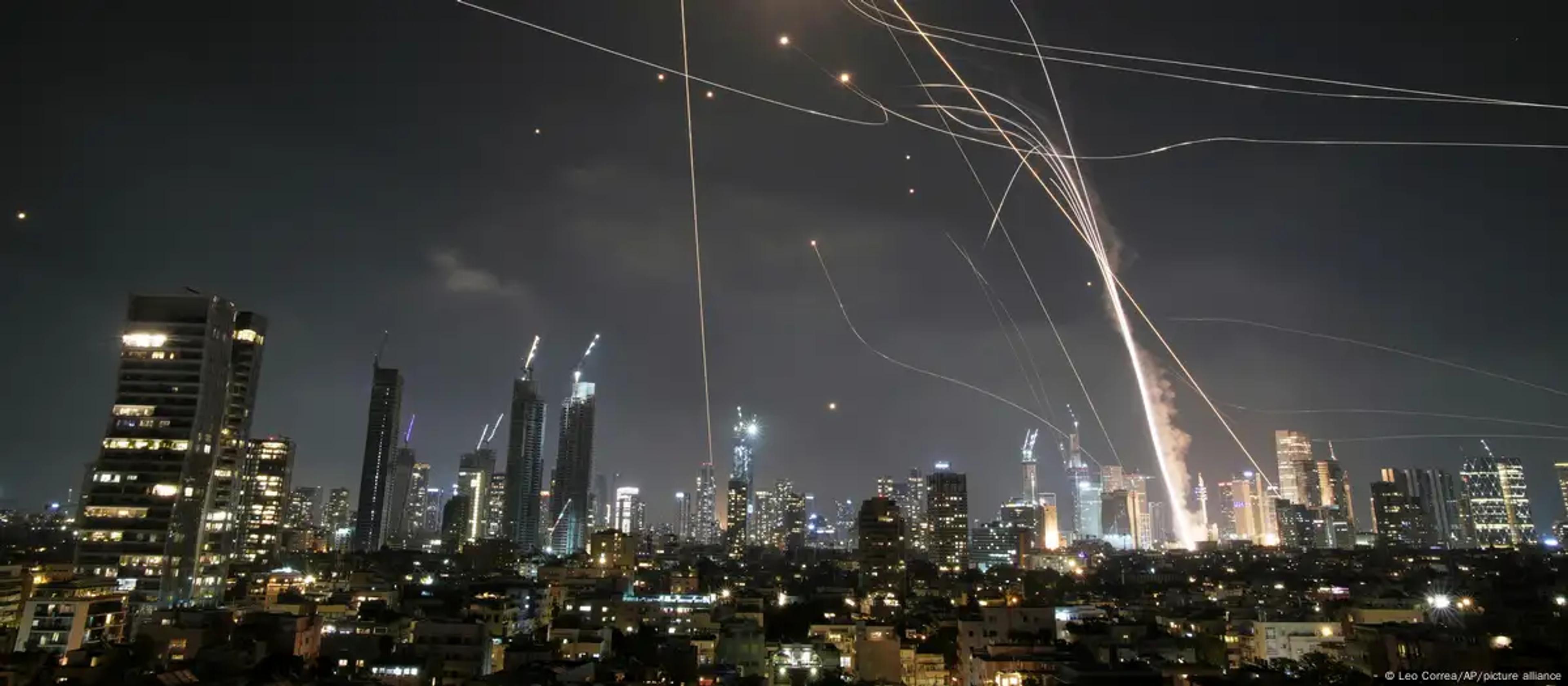Iran-Israel Conflict: A Delicate Balance of Power

Arsalan Zahir Khan
Published
The Iran-Israel conflict escalated on June 13, 2025, with Israel’s ”Operation Rising Lion,” targeting Iran’s nuclear and military sites, killing key figures, and causing significant damage. Iran retaliated with missile and drone attacks on Israeli cities, leading to civilian casualties and infrastructure damage. The conflict intensified over days, with Israel striking Tehran’s infrastructure and Iran launching over 400 missiles. Global reactions urged restraint, while oil prices surged 15%. India advocated for diplomacy, monitoring energy supply risks.The conflict risks nuclear escalation and regional instability, with proxy groups like Hezbollah involved. Diplomatic intervention by neutral mediators is critical to prevent a broader war, balancing the fine line between escalation and de-escalation.
Introduction
The Iran-Israel conflict, reignited on June 13, 2025, heightened tensions in the Middle East, drawing global concern due to its intensity, rising casualties, and potential for broader escalation. This report examines the conflict’s origins, military developments, global reactions, and strategic implications.
Conflict Origins
On June 13, 2025, Israel launched “Operation Rising Lion” following intelligence reports of Iran accelerating uranium enrichment beyond 60%. The operation involved airstrikes on 200 Iranian sites, including Natanz and Fordow nuclear facilities and the Islamic Revolutionary Guard Corps (IRGC) command centers. Over 200 aircraft were deployed, killing senior Iranian military leaders, including Gen. Amir Ali Hajizadeh and six nuclear scientists. Iran reported 56 deaths, with unofficial estimates exceeding 100, including civilians. The Natanz facility’s above-ground sections were destroyed, though radiation levels remained stable per IAEA reports.

Military Developments
Day 1: June 13, 2025 – Operation Rising Lion
Israel’s preemptive strikes targeted Iran’s nuclear and military infrastructure, hitting Natanz, Fordow, and IRGC missile sites. Cyber operations disrupted Iranian communications. The U.S. repositioned aircraft carriers in the Persian Gulf as a precaution, while Russia warned against escalation.

Day 2: June 14, 2025 – Iran’s Counteroffensive
Iran retaliated with 150 ballistic missiles and 60 drones targeting Tel Aviv, Haifa, and other Israeli cities. Israel’s Iron Dome intercepted 85% of missiles, but some caused damage, killing 11 civilians and injuring over 120. A high-rise in Tel Aviv was hit, and a diplomatic consulate was damaged. The European Union (EU) called for dialogue, while the Arab League condemned the violence without taking sides.
Day 3: June 15, 2025 – Escalation Intensifies
Israel expanded strikes to Tehran’s infrastructure, including oil depots, and sabotaged missile sites via Mossad operations. Iran launched 200 missiles and cyberattacks targeting Israeli financial systems. Hezbollah mobilized along the Israel-Lebanon border, raising multi-front concerns. China and Turkey urged de-escalation, with Turkey calling for an Organization of Islamic Cooperation (OIC) meeting.
Day 4: June 16, 2025 – Ongoing Conflict
Israel struck Quds Force centers in Tehran, prompting the evacuation of 330,000 residents. Iran launched 65 missiles and drones, targeting Israeli urban centers. Cumulative casualties reached over 400 in Iran and 24 in Israel. Hamas fired rockets from Gaza, complicating Israel’s defense strategy. Global media highlighted the humanitarian toll.
Day 5: June 17, 2025 – High-Profile Assassination
Israel assassinated IRGC General Ali Shadmani and struck Fordow’s perimeter. Iran fired over 400 missiles, targeting Israeli military and civilian sites. Two oil tankers collided near the Strait of Hormuz, possibly due to electronic jamming. Israel’s cyber operations disrupted Iranian missile systems.

Major Strikes and Retaliation
Israel’s airstrikes targeted Tehran’s state TV headquarters and Farabi Hospital in Kermanshah, causing civilian casualties. Iran launched approximately 370 missiles and hundreds of drones, hitting the Bazan oil refinery and the U.S. Embassy building in Tel Aviv. Israel claimed to have destroyed one-third of Iran’s missile launchers, though evidence is unverified. Cumulative casualties include 450+ in Iran and 24 in Israel, with thousands displaced in both nations.
Economic and Strategic Impacts
Global crude oil prices surged 15%, with Brent crude reaching $95/barrel due to supply fears. Proxy groups in Lebanon, Gaza, and Syria are on high alert, threatening regional stability. A humanitarian crisis is unfolding, with UN agencies mobilizing aid for displaced populations in both countries.
Potential Outcomes: Escalation Scenario
Iran’s potential withdrawal from the Nuclear Non-Proliferation Treaty (NPT) could accelerate its nuclear program, prompting regional powers like Saudi Arabia and Turkey to pursue similar capabilities. Increased proxy involvement risks a multi-front war.
De-escalation Scenario
A ceasefire mediated by Russia or China, coupled with United Nations-supervised nuclear negotiations, could stabilize the region. Confidence-building measures, such as halting strikes and resuming dialogue, are critical to averting catastrophe.
India’s Position
India has urged restraint and dialogue, maintaining open channels with both Tehran and Tel Aviv. Concerned about energy supply disruptions, New Delhi is monitoring the situation closely, positioning itself as a potential mediator while adhering to its non-alignment policy.
Conclusion
The Iran-Israel conflict is a high-stakes confrontation with global implications. Immediate diplomatic efforts are essential to prevent a regional war and address underlying tensions. Both nations stand at a crossroads: continued escalation risks catastrophic consequences, while dialogue offers a fragile path to peace. The international community must act decisively to avert a broader crisis.
Arsalan Khan is a student pursuing Electrical Engineering at Jamia Millia Islamia
Edited by: Sharmeen Shah
Disclaimer: The opinions expressed in this publication are those of the author. They do not purport to reflect the opinions or views of The Jamia Review or its members.






